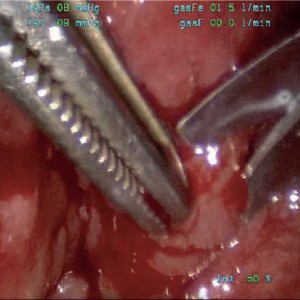Pneumovesicoscopic management of bladder neoplasms in children: three case reports

All claims expressed in this article are solely those of the authors and do not necessarily represent those of their affiliated organizations, or those of the publisher, the editors and the reviewers. Any product that may be evaluated in this article or claim that may be made by its manufacturer is not guaranteed or endorsed by the publisher.
Authors
Urothelial bladder neoplasms (UBN) are uncommon in children and are poorly understood. Their management is contentious, and there are currently no pediatric guidelines available, making it difficult to envision a surgical approach that can be defined as the gold standard for the treatment of these diseases. Pneumovesicoscopy, which has already been used to treat other urological diseases, could be a promising treatment option for selected cases of this group of pathologies. We present our experience with three pediatric UBN cases in which pneumovesicoscopy was used for complete excision of a perimeatal papilloma in two cases and biopsy of a botryoid rhabdomyosarcoma in one. The pneumovesicoscopic approach, in our experience, provided a viable alternative technique for the management of selected cases of UBN.
How to Cite

This work is licensed under a Creative Commons Attribution-NonCommercial 4.0 International License.
PAGEPress has chosen to apply the Creative Commons Attribution NonCommercial 4.0 International License (CC BY-NC 4.0) to all manuscripts to be published.






